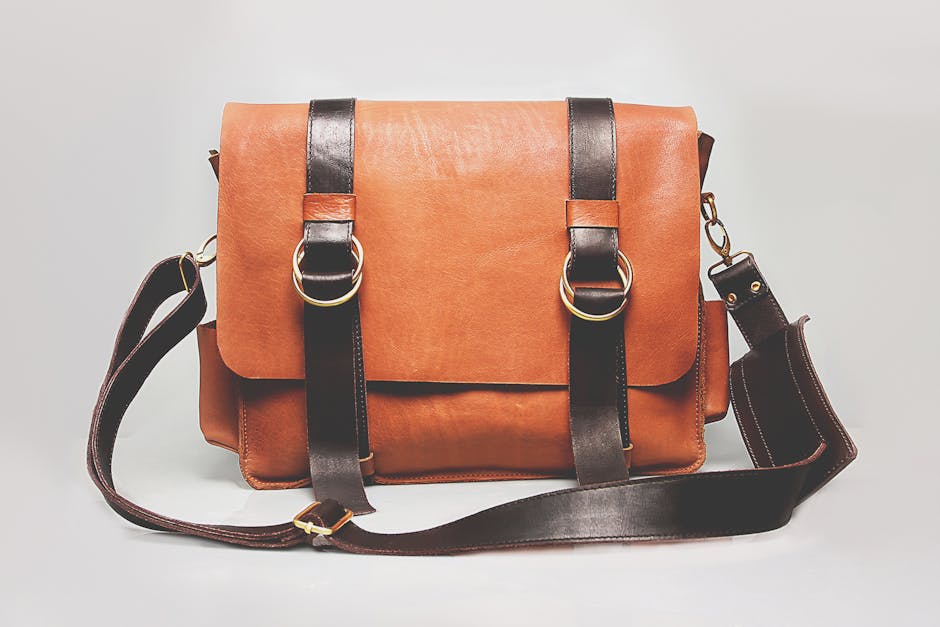Bags
Introduction
Bags. They’re more than just containers; they’re extensions of our personalities, statements of our style, and essential tools for navigating daily life. From carrying groceries to showcasing high fashion, bags serve a multitude of purposes. This article delves into the diverse world of bags, exploring various types, materials, and considerations when choosing the perfect one for your needs.
Main Sections
Types of Bags
The world of bags is vast and varied. Here are some popular types you’ll commonly encounter:
- Tote Bags: Spacious and versatile, ideal for everyday errands, shopping, or carrying books. Often made of canvas, cotton, or nylon.
- Backpacks: Designed for carrying heavier loads comfortably, perfect for students, travelers, and hikers.
- Crossbody Bags: Hands-free convenience with a long strap that goes across the body, ideal for keeping belongings secure and accessible.
- Shoulder Bags: A classic choice, carried on the shoulder with varying strap lengths and styles.
- Clutches: Small, handheld bags perfect for evening events or special occasions.
- Wallets: Compact and designed to hold cash, cards, and identification.
- Duffel Bags: Large, cylindrical bags for travel or gym use, offering ample space for clothing and gear.
- Messenger Bags: Similar to crossbody bags but often larger and more structured, commonly used by students and professionals.
Materials Used in Bag Manufacturing
The material of a bag significantly impacts its durability, appearance, and cost. Common materials include:
- Leather: Durable, luxurious, and develops a patina over time. Types include full-grain, top-grain, and genuine leather.
- Canvas: Sturdy and affordable, often used for tote bags and backpacks.
- Nylon: Lightweight, water-resistant, and durable, ideal for backpacks and travel bags.
- Polyester: Similar to nylon but often more affordable.
- Cotton: Soft, breathable, and eco-friendly, commonly used for tote bags.
- Vegan Leather (PU Leather): A synthetic alternative to genuine leather, often more affordable and cruelty-free.
- Suede: A type of leather with a napped finish, giving it a soft and luxurious feel.
Factors to Consider When Choosing a Bag
Selecting the right bag depends on several factors:
- Purpose: What will you primarily use the bag for? (e.g., work, travel, shopping).
- Size and Capacity: How much storage space do you need?
- Material: Consider durability, weather resistance, and aesthetics.
- Style: Choose a bag that complements your personal style and the occasion.
- Comfort: Ensure the bag is comfortable to carry, especially if you’ll be using it for extended periods.
- Security: Look for features like zippers, secure closures, and RFID protection (for wallets).
- Budget: Bags range in price from affordable to high-end luxury.
Trends in Bag Design
Bag trends are constantly evolving. Keep an eye out for:
- Sustainability: Eco-friendly materials and ethical production practices are increasingly popular.
- Mini Bags: Small, stylish bags perfect for carrying essentials.
- Statement Hardware: Bold buckles, chains, and embellishments add personality.
- Functional Designs: Bags with multiple compartments and organizational features.
- Vintage Inspiration: Retro styles are making a comeback.
Conclusion
Choosing the right bag involves careful consideration of your needs, style, and budget. By understanding the different types of bags, materials, and factors to consider, you can find the perfect companion to carry your essentials and elevate your look. Whether you prioritize functionality, fashion, or sustainability, there’s a bag out there that’s perfect for you. Happy bag hunting!














Post Comment